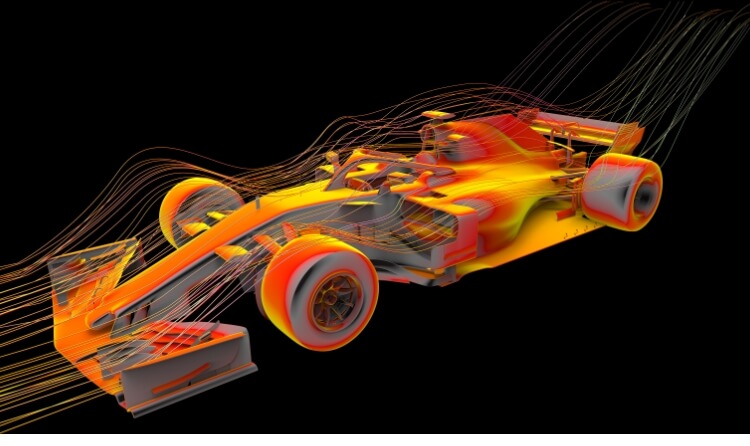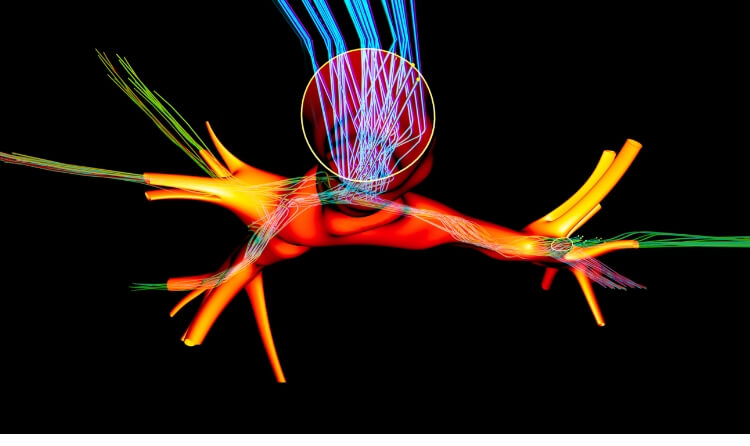This matters in everyday life because people are continuously exposed to a whole range of aerosols. Based on the physical and chemical properties of each, this exposure can be neutral, therapeutic or potentially hazardous. Understanding the physical conditions that govern deposition of aerosol droplets and its influence on the cell function is a key step towards the ultimate goal of relating the exposure of inhaled and deposited aerosols to health outcomes.
In 2017 PMI R&D and the Department of Applied Mathematics at the University of Twente in the Netherlands developed AeroSolved, a free and open source software suite for simulating the physical properties and dynamics of aerosols. The website and open source code are the result of a collaborative project designed to enable scientists to learn and explore multiple facets of aerosol physics using Computational Fluid Dynamics. The implemented aerosol physics can be applied to a wide range of practical uses, including the development of aerosol generators and inhalation devices, the validation of aerosol delivery systems for in-vivo inhalation studies, new subjects for laboratory sciences as well as for atmospheric sciences.
The AeroSolved software complements laboratory experiments and has contributed to PMI’s scientific knowledge about aerosols. The release of the simulation code was the first step towards establishing a community that builds on open software to improve models, answer new scientific questions and continue to engineer new solutions.



